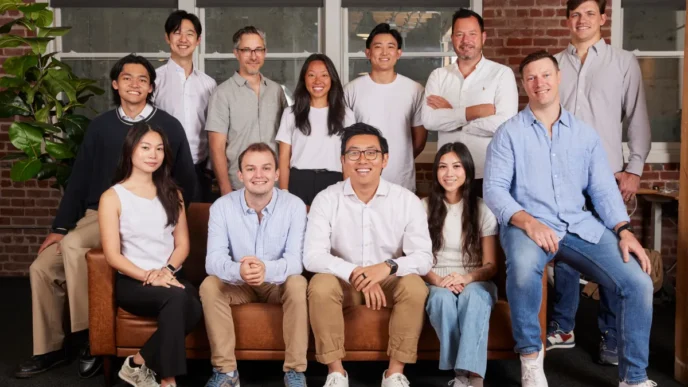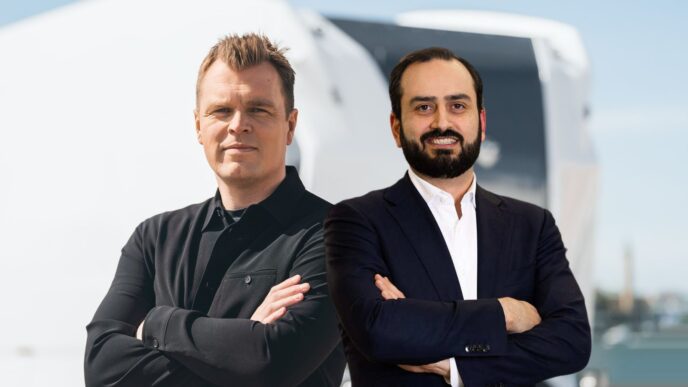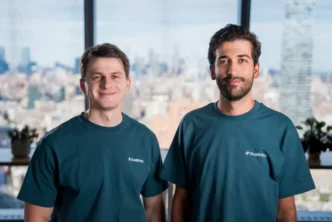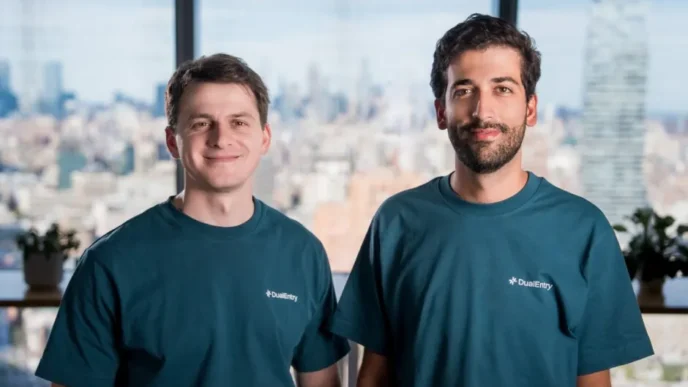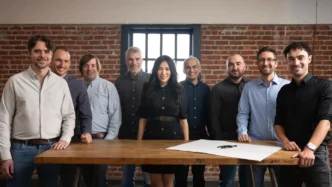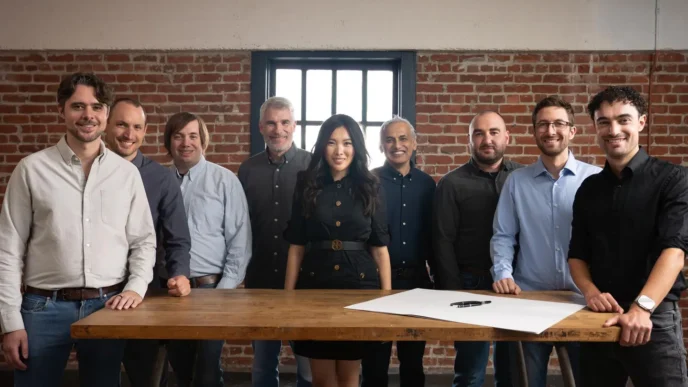The world’s AI boom is creating a new kind of pressure on computing systems, and the biggest strain now sits inside memory. As models grow larger and run nonstop, traditional DRAM is struggling to keep up. It’s fast, but it loses data without power, forcing systems to consume more energy and push CO₂ emissions higher. This growing weakness has turned memory into a global bottleneck, and it’s exactly the problem FMC is stepping in to solve.
A Dresden startup, Ferroelectric Memory GmbH (FMC), believes it has the answer. The company has built a new memory class called DRAM+. It combines the speed of DRAM with the persistence of non-volatile storage, promising a major shift in how AI workloads are handled. With the rise of low-power AI chips, this type of innovation is becoming critical.
FMC has now raised €100 million to push that vision forward. The round was led by HV Capital, with strong support from the European Innovation Council. For a company that started in 2016 and grew out of deep semiconductor research, the raise signals that investors now see memory as one of the most important pieces of the AI hardware stack.
The new funding will help FMC commercialize its DRAM+ and 3D CACHE+ memory chips. The company also plans to expand its global footprint as demand grows from AI data centers and edge devices. Energy-efficient memory is becoming a priority as companies look for lower-cost ways to run high-intensity AI models.
FMC’s roots trace back to TU Dresden and Globalfoundries. The founding team includes Wolfram Drescher, Dr. Stefan Müller, Menno Mennenga, and Marko Noack. Today, the company is led by CEO Thomas Rueckes, along with leaders such as Ayman Abouelwafa and Maher Amer. Their shared goal is to make Europe a global force in semiconductor memory, especially in markets shaped by AI.
The core of FMC’s technology sits in ferroelectric hafnium oxide. It enables the company to build non-volatile memory cells called FeFETs and FeCAPs. While earlier ferroelectric memory technologies struggled with density and manufacturing issues, FMC’s approach fits into standard CMOS processes. It scales well below 10 nm, which means it can be produced at the same advanced nodes used by leading chipmakers.
Rueckes said the company is working on memory that is more sustainable, more energy efficient, and less expensive than current options. He noted that AI has long focused on bandwidth, but the next era will be defined by power efficiency. As he put it, memory chips are the main bottleneck in the AI stack, and FMC wants to remove that barrier.
He added that DRAM+ and 3D CACHE+ are faster and more energy efficient than what the market offers today. That improvement is becoming essential for scaling AI data centers and supporting powerful edge systems that need to run without huge energy budgets.
The market around FMC is competitive, with several storage-class memory technologies in play. STT-MRAM, Resistive RAM, Phase Change Memory, and Intel/Micron’s Optane all try to address the same gap between DRAM and NAND. FMC stands out through a mix of energy efficiency, compatibility with standard chip production, and easier scaling.
The company plans to bring DRAM+ and 3D CACHE+ to global markets in 2027. To achieve high-volume manufacturing, FMC is in discussions with major semiconductor foundries and OEMs. The strategy is to shift from early pilot wins to major supply deals that support data centers, automotive systems, industrial AI, and consumer devices.
As Europe races to strengthen its semiconductor industry, FMC’s growth also plays into a larger push for technological sovereignty. Memory is one of the most complex and capital-intensive segments in the chip industry. Building a strong player in this space could give Europe a meaningful edge as AI workloads continue to explode.
For now, FMC’s roadmap focuses on scaling its technology, growing its partnerships, and preparing its manufacturing base for global demand. If successful, the company could help reshape the €100+ billion memory market and unlock a new era of low-power AI chips that run faster, cooler, and more efficiently than today’s systems.





